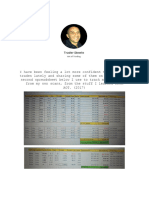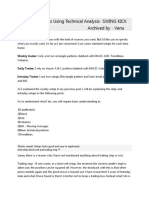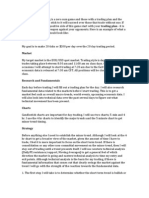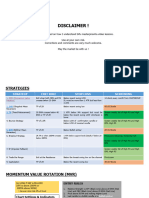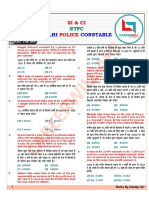0% found this document useful (0 votes)
26 views4 pagesUsdjpy
The document outlines a market analysis indicating a dominant bearish trend on the monthly timeframe, with a conflicting bullish counter-trend on the weekly timeframe. A trade plan is proposed for the period of August 25, 2025, to September 30, 2025, focusing on short positions while monitoring for potential bullish corrections. A detailed trading checklist is provided to ensure proper execution and risk management aligned with the overall bearish bias.
Uploaded by
mearspaul68Copyright
© © All Rights Reserved
We take content rights seriously. If you suspect this is your content, claim it here.
Available Formats
Download as PDF, TXT or read online on Scribd
0% found this document useful (0 votes)
26 views4 pagesUsdjpy
The document outlines a market analysis indicating a dominant bearish trend on the monthly timeframe, with a conflicting bullish counter-trend on the weekly timeframe. A trade plan is proposed for the period of August 25, 2025, to September 30, 2025, focusing on short positions while monitoring for potential bullish corrections. A detailed trading checklist is provided to ensure proper execution and risk management aligned with the overall bearish bias.
Uploaded by
mearspaul68Copyright
© © All Rights Reserved
We take content rights seriously. If you suspect this is your content, claim it here.
Available Formats
Download as PDF, TXT or read online on Scribd
/ 4









